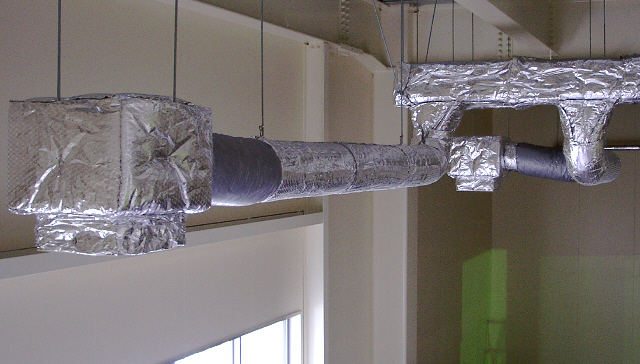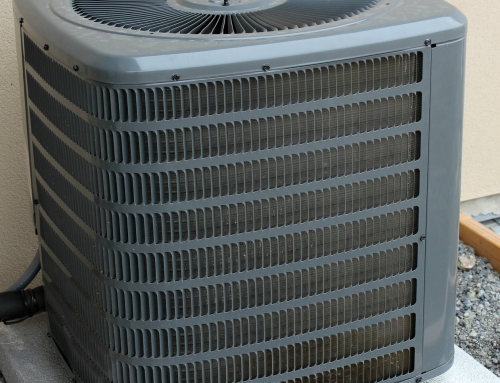Forced air-conditioning and heating units require ducts for the air to be pushed to the various areas of your home. Often, homeowners are surprised when purchasing a new HVAC system how important sealing duct systems are to the overall efficiency of your air-conditioning or furnace unit.
Ducts and Energy-Efficiency
Most people want the most energy-efficient air-conditioner for their homes to help lower their utility bills. Yet, they are surprised to learn that a new air-conditioner alone isn’t solely responsible for energy-efficiency. Your duct system, over time, can develop hole leaks from fittings that have come loose or become disconnected, or from ducts that were poorly sealed initially. An average of 15% of cooling energy is wasted through duct leaks. Some homes, when ducts are in an unconditioned space, can even have leaks that cause a decrease in efficiency of heating and cooling energy up to 40%. Additionally, return ducts leakage can be a leading contributing cause of indoor air pollution. Thus, when buying a new air conditioner or furnace, it is essential to have the duct seals tested, as well.
Is duct sealing cost-effective?
Duct sealing can cost anywhere from $600 to over $3,000. Duct insulation can further lesson heating and cooling air loss and costs roughly the same. But, when you consider the costs of running your air conditioner or furnace each month, the cost savings can be considerable, especially over time, especially in times when rates are rising.
Conclusion—Seal Your Ducts—Save Money, Reduce Indoor Air-Pollution. It’s Worth It.
While duct sealing and insulating can be done at any time, it is most often done when purchasing a new forced-air system. When buying a new HVAC system, having your ducts sealed is a vital component of both energy efficiency and of reducing allergens from indoor air pollution. To have your systems and ducts cleaned and checked, ask about testing your air ducts for leaks. Call the experts at 972-986-2317 for your regular clean and check today, and don’t forget to ask about duct leak testing.







Leave A Comment